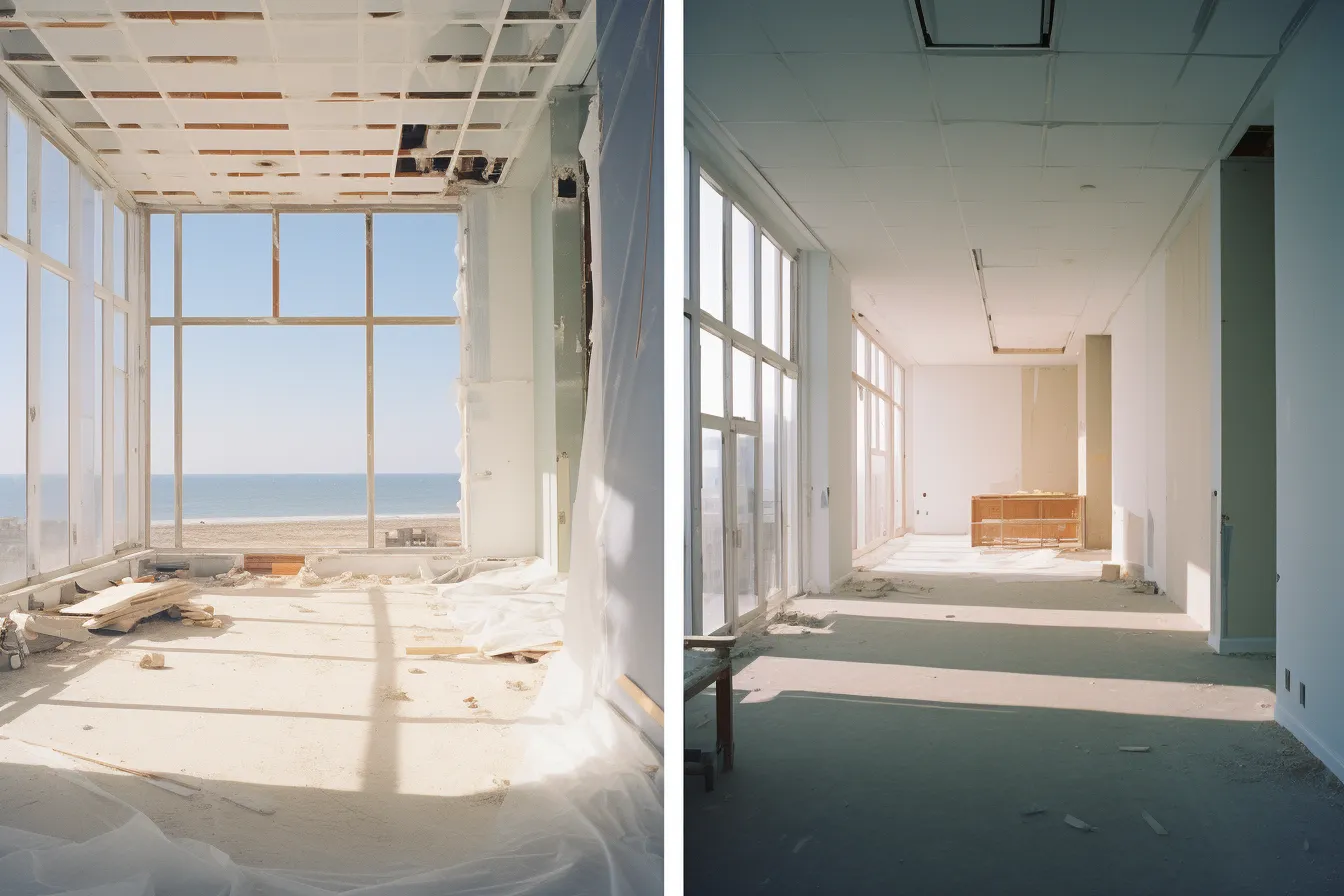When it comes to constructing a building, one of the most crucial decisions you will make is choosing the right material. Concrete and steel are two of the primary construction materials that have been used for centuries. They both have their own unique qualities and benefits, but how do you determine which one is best for your build? In this article, we will explore the advantages and disadvantages of concrete and steel, so you can make an informed decision for your construction project.
The Strength of Concrete
Concrete is renowned for its strength and durability. It is a composite material made up of cement, water, and aggregates such as sand, gravel, or crushed stone. One of the key advantages of concrete is its ability to withstand high compressive forces, making it ideal for building structures where strength is paramount. Whether it’s a foundation, a bridge, or a high-rise building, concrete provides the necessary stability and structural integrity.
– Concrete is incredibly versatile and can be molded into any shape or size, giving architects and designers more flexibility in their creations.
– The thermal mass of concrete helps regulate temperature variations, reducing the need for excessive heating or cooling systems.
– Concrete is a fire-resistant material, making it a safer choice for buildings in areas prone to wildfires or other fire hazards.
The Versatility of Steel
Steel, on the other hand, is known for its versatility and adaptability. It is an alloy composed primarily of iron and carbon, with other elements such as manganese, chromium, or nickel added to enhance its properties. Steel is widely used in various construction applications due to its high tensile strength and its ability to bear heavy loads.
– Steel structures can be erected quickly, which can help reduce construction time and associated costs.
– Steel is remarkably lightweight compared to concrete, allowing for more efficient transportation and handling during construction.
– With the proper treatment, steel can resist corrosion, increasing its longevity and reducing maintenance needs.
Comparing Costs
When it comes to comparing the costs of concrete and steel, several factors come into play.
– The initial cost of steel can be higher than that of concrete. However, the speed of construction, ease of modification, and reduced labor costs associated with steel structures can offset this initial investment.
– Concrete, while generally less expensive upfront, may require more maintenance and repair in the long run. Factors such as seismic activity, freeze-thaw cycles, and exposure to chemicals can affect the durability of concrete structures.
– It is essential to consider the specific requirements of your project, as well as factors like local market conditions and availability of materials, when determining the overall cost-effectiveness of concrete or steel.
Making the Decision
When deciding between concrete and steel for your build, it’s crucial to assess your project’s specific needs and priorities. Consider factors such as the desired strength, design flexibility, lifespan, environmental impact, and budget constraints.
– If strength and durability are your primary concerns, concrete may be the best choice. Its ability to withstand high compressive forces and resist fire make it suitable for many construction applications.
– On the other hand, if speed, versatility, and adaptability are crucial factors, steel might be the way to go. Its lightweight nature and ease of construction make it ideal for projects with tight timelines or complex designs.
Remember, there is no one-size-fits-all answer to the concrete vs. steel debate. Each material has its own advantages and disadvantages. By carefully evaluating your project’s requirements, consulting with professionals, and considering the long-term implications, you can make an informed decision that ensures a successful build.
